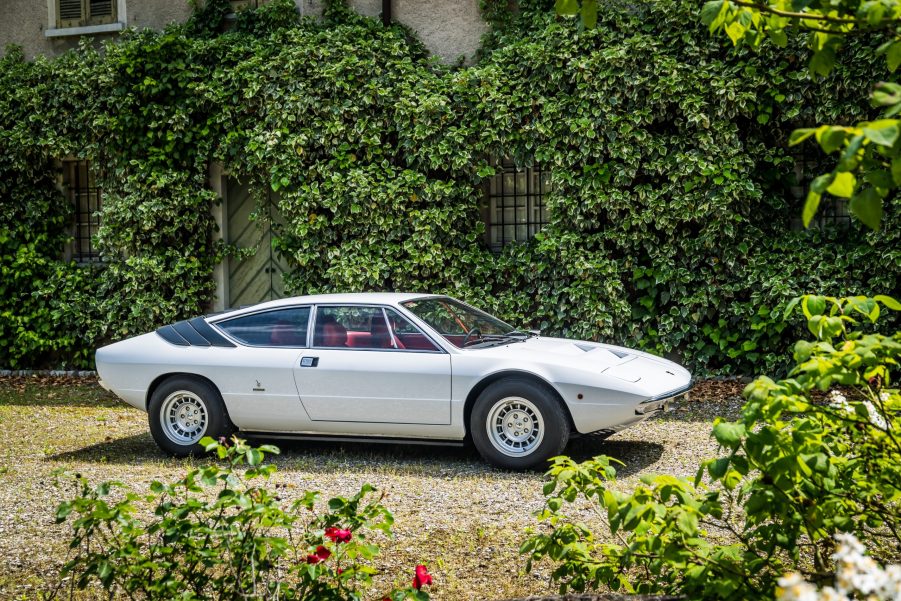
Before the Countach There Was the Similarly Wedge-Shaped but More Practical Lamborghini Urraco
In reviving the legendary Countach nameplate, Lamborghini is stoking the public’s nostalgia from countless ’80s bedroom posters and supercar-themed high school binders. That’s all well and good, but those items are about as close as most enthusiasts will ever get to a Countach. But what if Lamborghini applied futuristic Bertone wedge styling to a more affordable four-seater? The company did exactly that with the Urraco.
The concept was compelling then, as it is now. But Lamborghini’s execution at the time was disastrous, unfortunately. Systemic quality issues plagued the cars and production process from the beginning, and sales amounted to only 776 units in total. That said, the Urraco’s overall design has many redeeming and appealing qualities.
The Lamborghini Urraco has innovative looks and engineering

With the Urraco, Lamborghini’s intent was to compete with the Porsche 911. Clearly, the suits at Ferrari had similar thoughts, based on the rival Dino 308 GT4 that launched slightly afterward. Both were styled by Marcello Gandini, lead designer at Carrozzeria Bertone at the time. Building on themes showcased in the 1968 Alfa Romeo Carabo Concept, Gandini embraced sharp angles and louvered features throughout the exterior.
Styling wasn’t the only edgy new development on the Urraco. Its MacPherson strut setup at all four corners was an industry first for a production car. This space-saving design was complemented by the transverse-mounted V8, resulting in a four-seat layout with a larger greenhouse than the flagship Lambo Miura. In terms of practicality, this was a huge leap forward.
An alternative way to package 2+2

With the extra space, the Urraco cabin was roomier than most sports cars, if not exactly ergonomic, ance certainly not conventional. For example, the tachometer and speedometer live at opposite ends of the dashboard, another nod to the Alfa Romeo Carabo concept. The cab-forward design also requires the driver to awkwardly offset his or her feet toward the center tunnel.
Despite the quirks, the Urraco interior is relatively a comfortable place to be, per Classic & Sports Car. Steering was also a high point in the driving experience, with a communicative nature that’s mostly absent in modern cars. The rear seats were essentially on par with the rival Porsche 911 other 2+2 offerings. It certainly has more functionality for everyday use compared to traditional two-seat sports cars and the mid-engine supercars that came afterward.
With standard V8 engine music, radios were optional in the Urraco
The party piece of any exotic worth its salt will always be under the hood. Or behind the rear window, in this case. The Urraco debuted Lamborghini’s new SOHC V8 that was much simpler than the V12 of the Miura, but had a sonorous voice all its own.
The initial 2.5-liter V8 offered 220 hp @ 7800 RPM running through four Weber carburetors. With that sort of rev range and aspiration setup, the engine note is thrilling and throatier than you’d expect from a small displacement. In European spec, later 3.0-liter versions produced 265 hp and took nearly 1.5 seconds off the 0-60 mph time at 5.6 seconds.
Final thoughts
While it was far from perfect or common, the trend-setting Urraco broadened the market for Lamborghini as intended. It also laid the foundation for continuous improvement of the V8 models in the forthcoming Silhouette and Jalpa. Along with the Countach, they would help keep the company running until Chrysler bought in during the 1980s.


